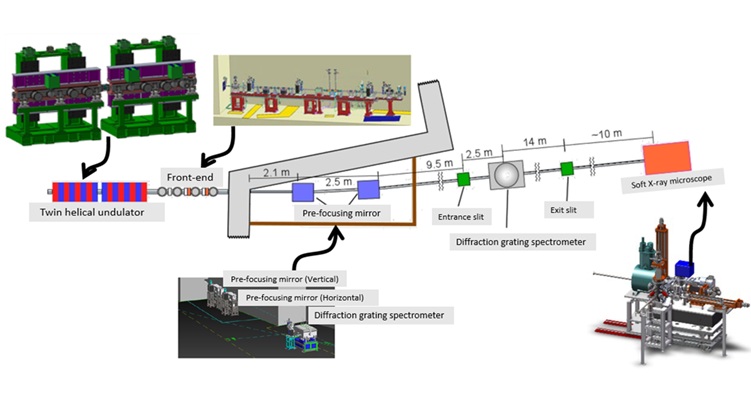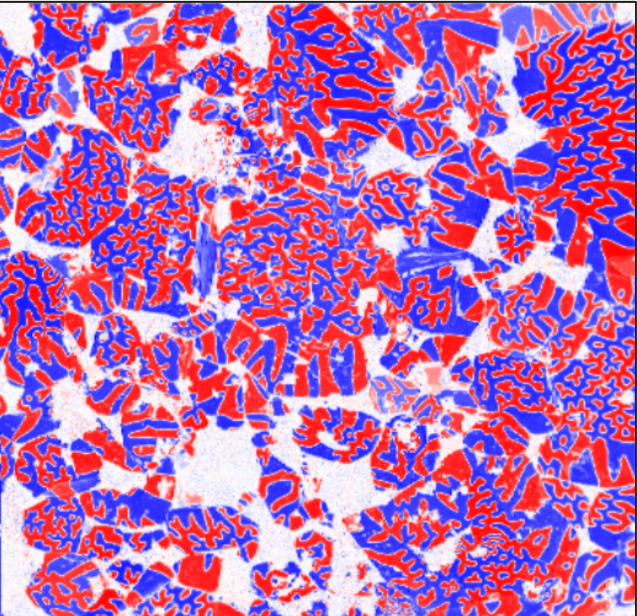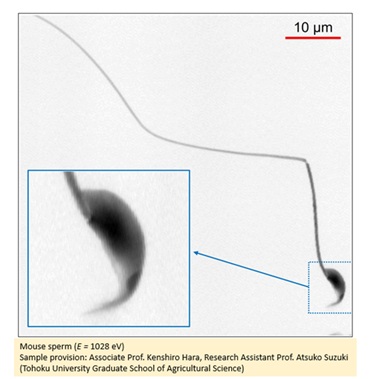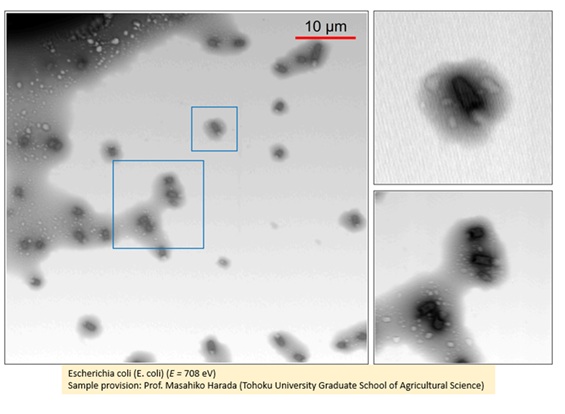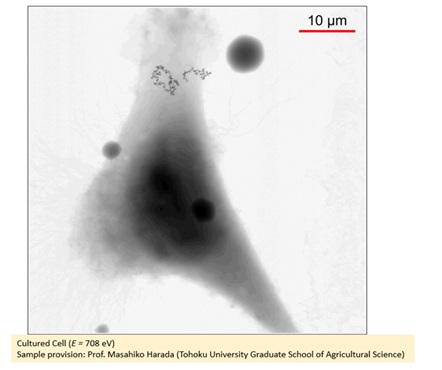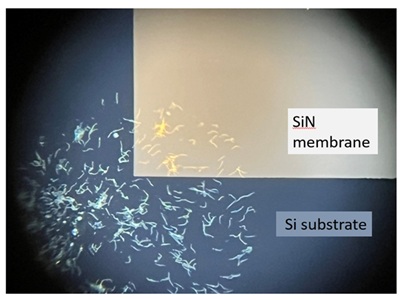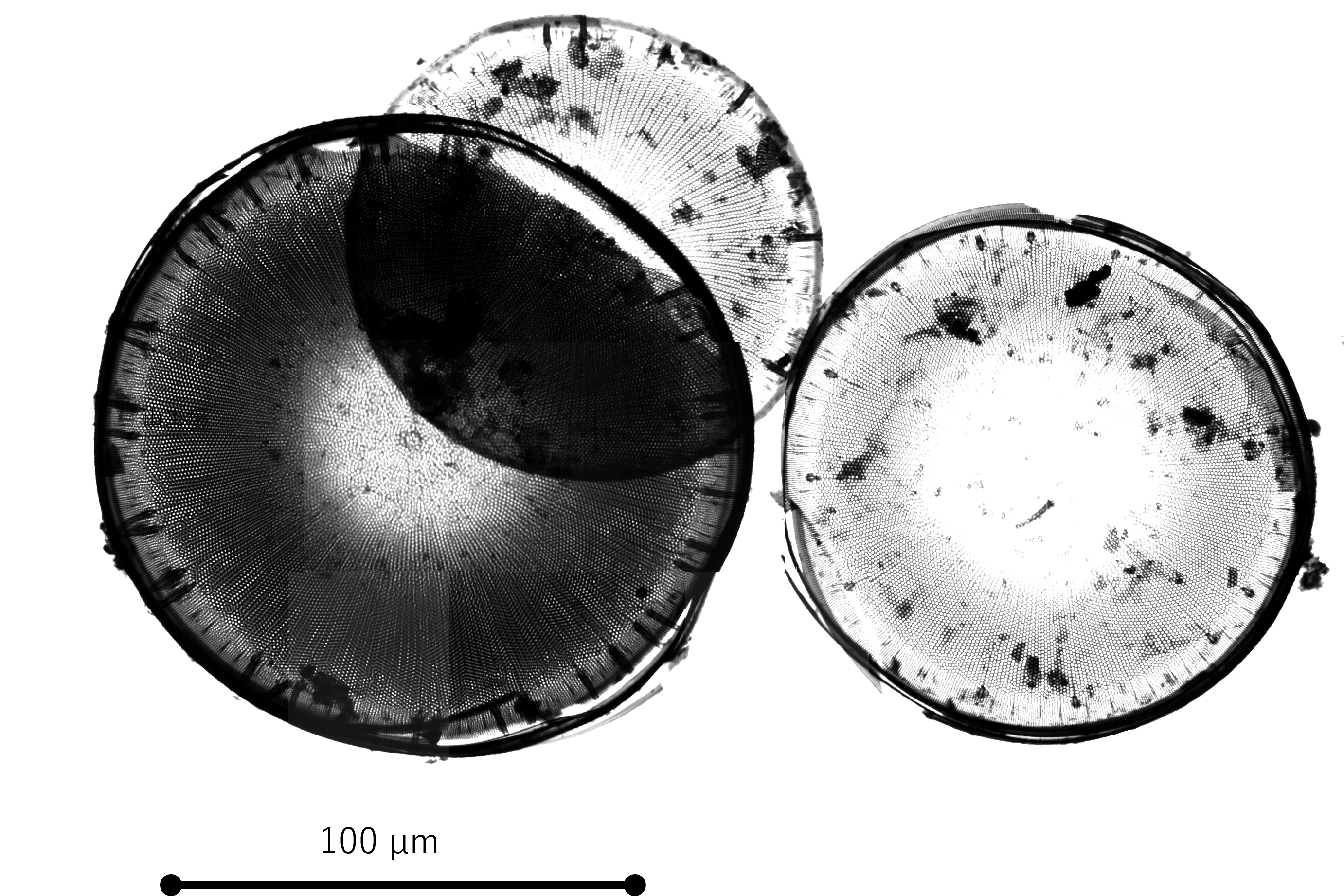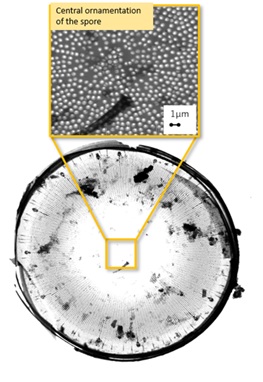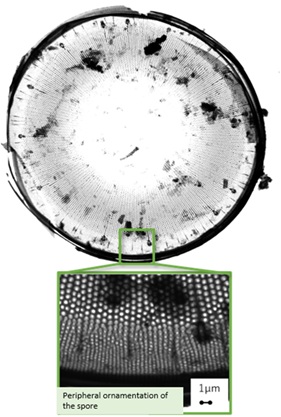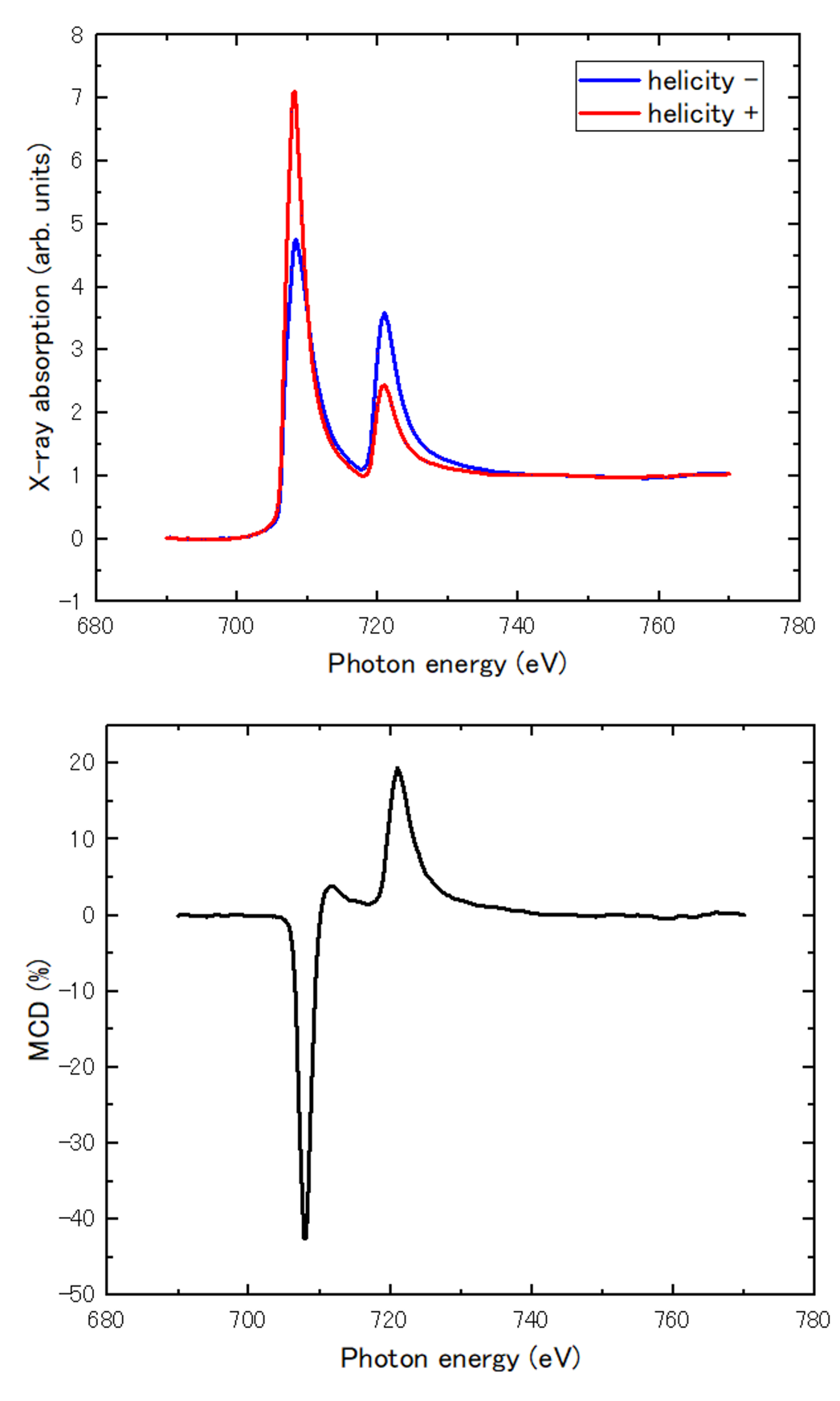BL14U INFORMATION
Experimental Techniques
- Soft X-ray absorption spectroscopy (XAS)
- Soft X-ray magnetic circular dichroism spectroscopy (XMCD)
- Soft X-ray Imaging SXM, STXM (Advanced Measurement)
Overview
BL14U is a beamline that utilizes soft X-rays in the energy range of 200 to 1400 eV. Its twin helical undulators enables
switching between left and right circularly polarized light in less than one minute. The monochromator employs a
constant deviation type that combines a cylindrical mirror and a varied line-spacing plane grating, allowing for a
nanofocused beam with a size of Φ100 nm or less using a Fresnel zone plate optics system.
As experimental equipment, a Soft X-ray Imaging (SXM) system equipped with Soft X-ray Magnetic Circular Dichroism
(XMCD) measurement capabilities is installed. The SXM measurement methods support both transmission and total
electron yield modes. Pre-treatment such as metal thin film deposition and surface cleaning by ion milling is also
possible. By using this SXM, the elemental and chemical state distributions of various materials can be visualized at the
sub-micron scale. Furthermore, combining it with XMCD measurements allows for the investigation of the magnetic
properties of materials with high sensitivity.
Beam Characteristics
- Energy
-
◆For non-focused beam: 200 – 1400 eV
◆For focused beam: 600 – 1400 eV
Note: Measurements may be possible below 400 eV, but the incident soft X-ray intensity decreases significantly, especially near the Carbon K-edge, due to reasons such as contamination of optical elements.
Note: While it is possible to attempt measurements below 300 eV, please be aware of the situation regarding soft X-ray intensity as described above before using the equipment. - Flux
-
For non-focused beam conditions: >3 x 1012 photons/s
For focused beam conditions: >3 x 109 photons/s
(Both are calculated values and depend on the energy and experimental conditions.) - Beam size
-
For non-focused beam conditions: Φ several 100 µm (depends on the slit aperture settings)
For focused beam conditions: Φ 100 nm or less
Light Source and Optics
A soft X-ray beam monochromatized by a grating spectrometer is available, using twin helical undulators with 33 poles
and a period length of 56 mm in a tandem arrangement as the light source.
Slits are located upstream and downstream of the monochromator, which can be used to adjust the energy resolution
and as a virtual point source in scanning imaging.
Experimental Station
- Methods:
- Transmission and Total Electron Yield
- Sample Size:
- Max. 10 mm x 10 mm (thickness: a few mm)
- About Samples:
-
Transmission Method:
Thin film samples that are transmissive to soft X-rays
(approximately 1 µm or less. Please contact staff for details)
Total Electron Yield Method:
· Conductive solids where the observation target exists within 5 nm from the surface.
· For non-conductive samples, data acquisition is possible by depositing a metal thin film of several Å thickness on the sample surface.
· The sample temperature is room temperature for both measurement methods. - Magnetic Field Environment:
- Maximum 8T parallel to the beam axis.
Layout
Measurement Examples of Magnetic Imaging using BL14U
[Soft X-ray Imaging of Permanent Magnets]
Cut into thin strips and mounted on a sample carrier, then fractured in vacuum.
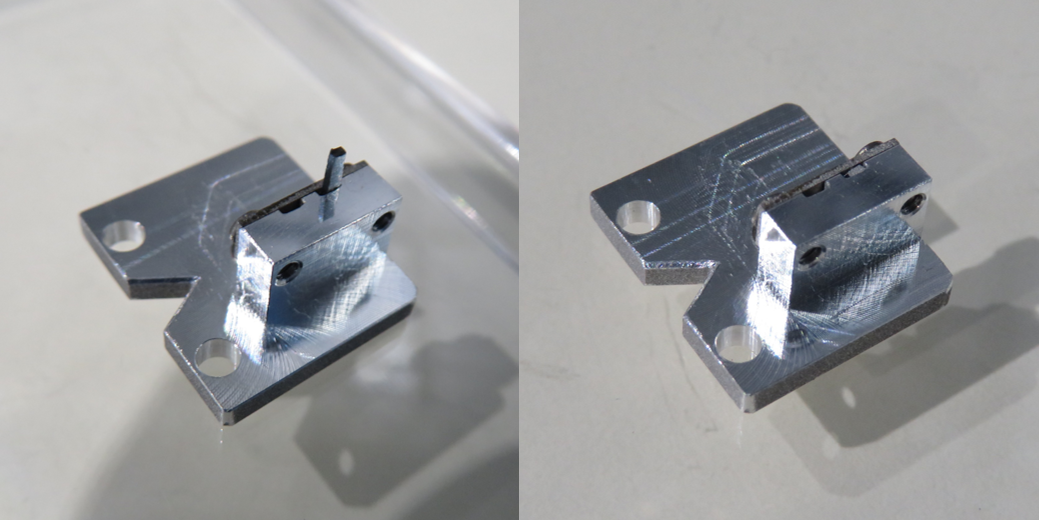
[Soft X-ray Imaging of Meteorite]
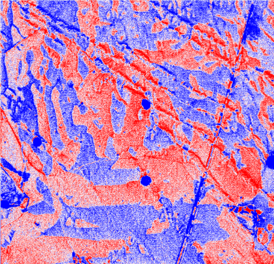
XMCD Contrast (Magnetic Domain Image) |
Sample: Gibeon meteorite Treatment: Thermal demagnetization Measurement Time: 10 min. X-ray Energy: :708 eV Observation Range: 60 μm × 60 μm |
Mounted on a sample carrier after surface polishing.
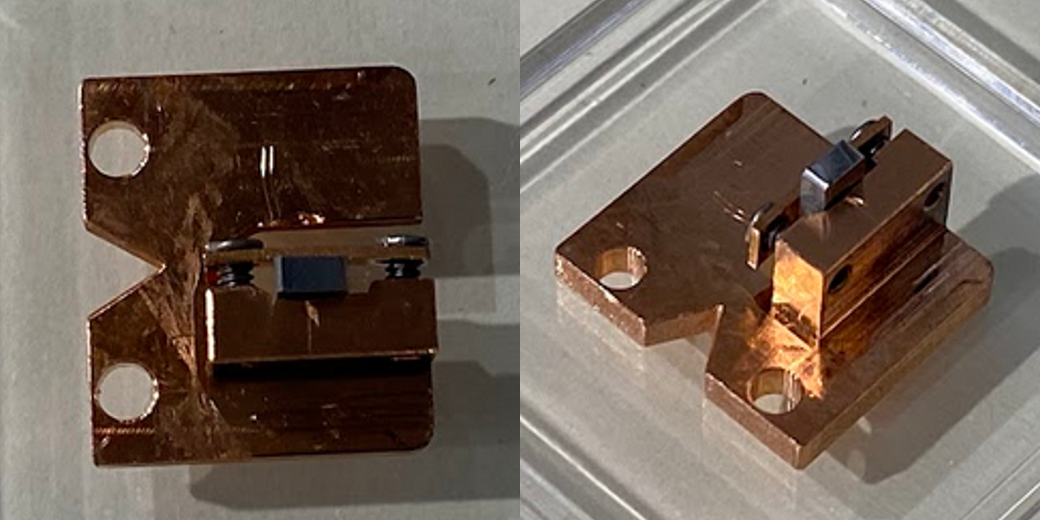
[Transmission Imaging]
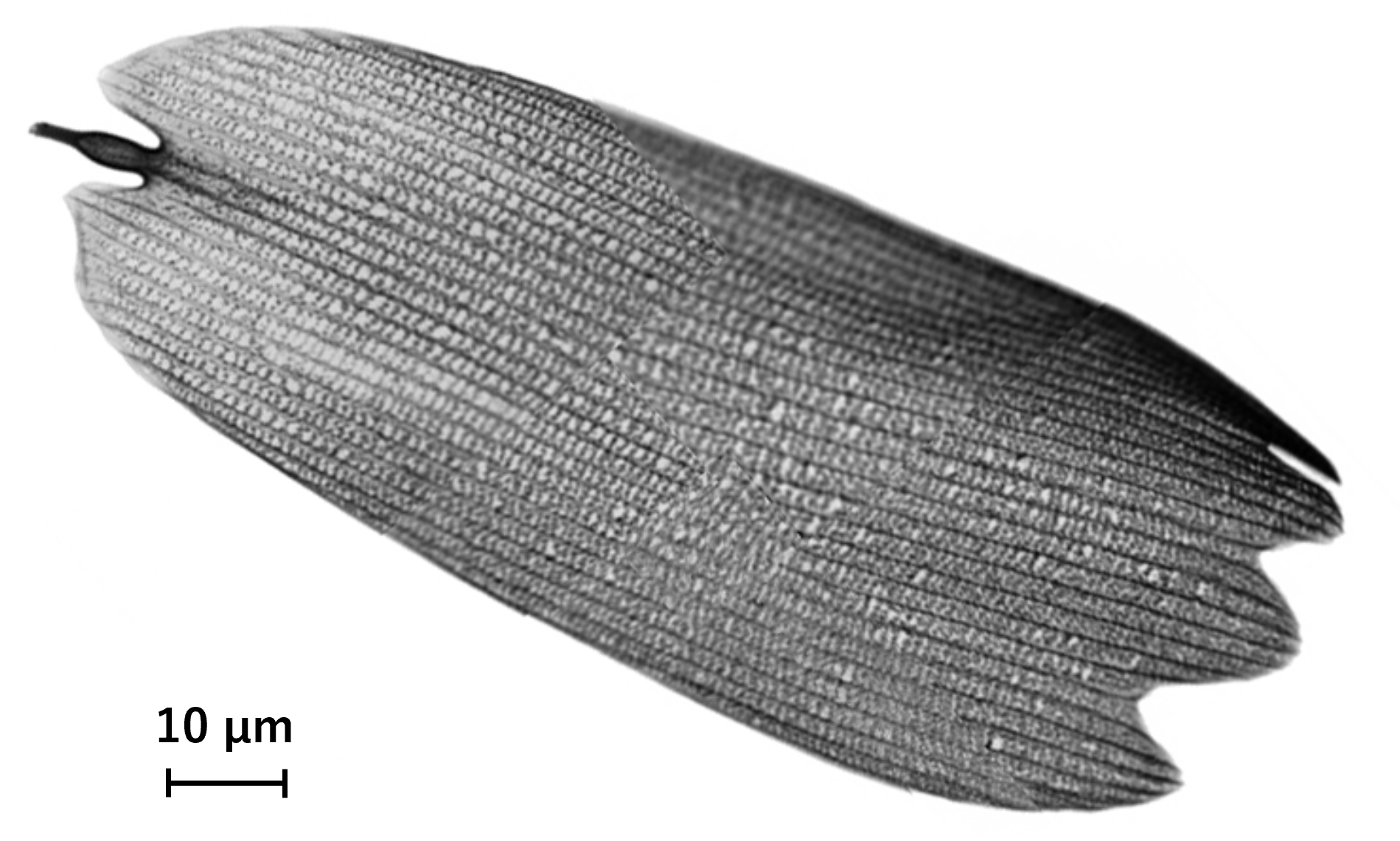
|
Sample: Colias erate (Yellow butterfly) scale Measurement Time: 25 min. (5 min. × 5) X-ray Energy: :708 eV Photo of a Yellow butterfly with scales collected Optical microscope image of scales |
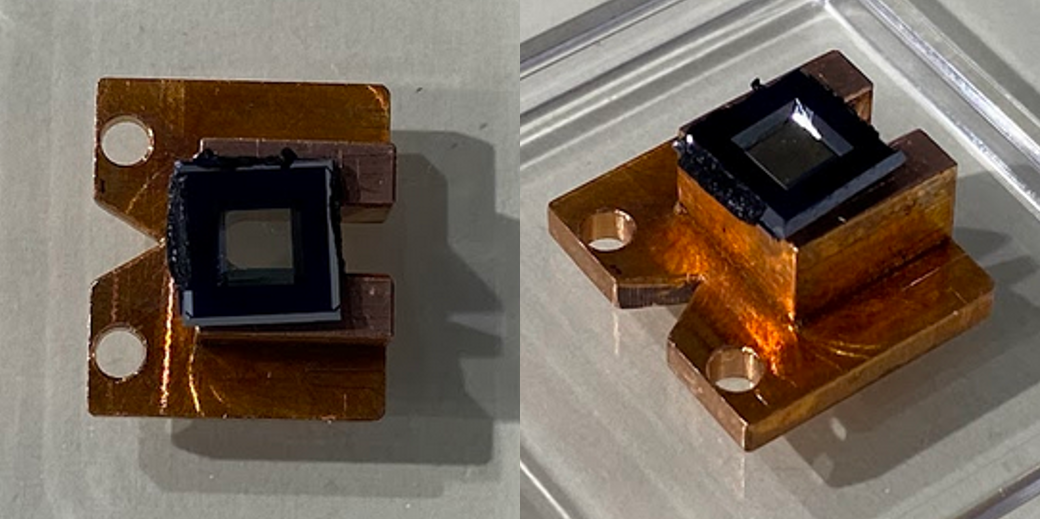
[Element-Specific Imaging]
Elemental maps can be obtained by acquiring images at the characteristic X-ray absorption edge energy of each element and at an energy just before it, and then calculating the difference between these images.
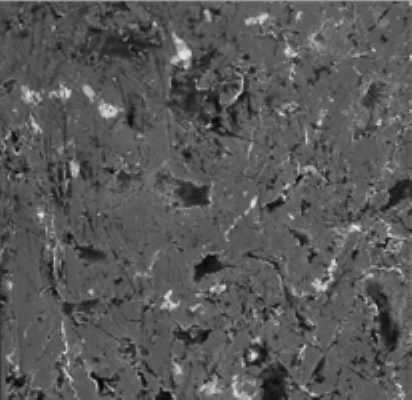
|
Sample: Coin Measurement Time: ~12 min. X-ray Energy: :931 eV Observation Range: 60 μm × 60 μm Coin references can be found here |

Elemental Map (Cu) |
Sample: Coin Measurement Time: ~12 min. X-ray absorption edge energy: :931 eV Observation Range: 60 μm × 60 μm |
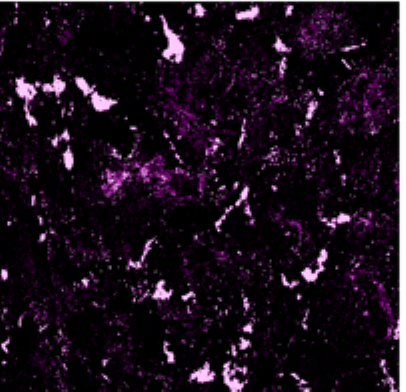
Elemental Map (Fe) |
Sample: Coin Measurement Time: ~12 min. X-ray absorption edge energy: :708 eV Observation Range: 60 μm × 60 μm |
[Soft X-ray Imaging of Biological Samples]
[Imaging of Diatom Fossils]
Sample Information
Sample: Diatom fossil, Stephanodiscus sp.(tentative identification)
Locality: Hiruzen, Maniwa City, Okayama Prefecture, Japan
Age: Quaternary, Pleistocene Epoch (approx. 500,000 years ago)
Sample Preparation
1. After washing with water, the supernatant was collected by gravity sedimentation.
2. Washed with anhydrous ethanol.
3. Dropped onto a SiN membrane.
4. Air-dried, then evacuated in vacuum.
